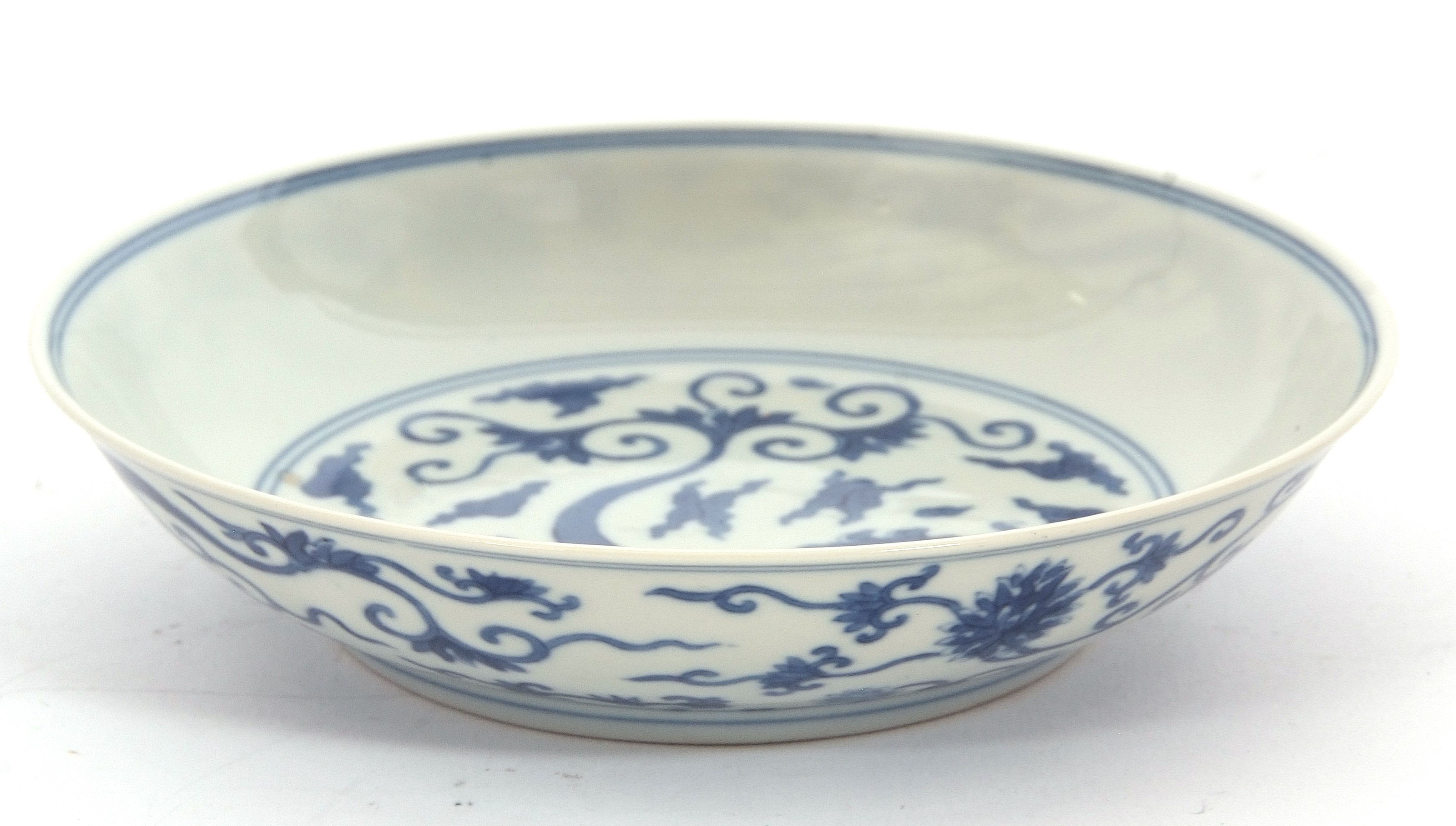

01/07/2025 General News
I have written previously in these pages about the saleroom appeal of big-name European porcelain manufacturers such as Meissen and Sevres, and demand for pieces from these leading producers shows little sign of diminishing, writes David Broom.
The ironic thing is that these European ceramic giants only really got going when thew west managed to unravel the secrets of white porcelain, which had until the 18th century been pretty much the sole preserve of the Chinese. So prized was oriental porcelain that the French ‘Sun King’ Louis XIV melted down all of the silverware in Versailles in order to finance the purchase of more of it.
While the European porcelain industry is less than 300 years old, in China its history goes back a lot longer. From the Tang dynasty of the 8th century and the Song dynasty of the 9th to the 13th century, quality porcelain was revered in China, almost certainly as a result of the tradition of tea drinking, and all of the ceremony associated with it.
It was during the Min dynasty (1368-1644) that production started on an industrial scale, both for home use and export: one single order from the royal court was for a staggering 450,000 pieces. As the Qing dynasty followed in the 17th century, the development of five colour porcelain (known as ‘wucai’) became incredibly popular in the west.
News stories abound of seemingly mundane oriental pieces found in attics or bought at car boot sales which go on to sell for many thousands of pounds. In 2022, Keys sold a pretty ordinary-looking round Chinese box – estimated at £30-£40 – for a staggering £63,000, following an intense bidding battle between two Beijing buyers.
Only last year a similar bidding war saw a 12th century Chinese stoneware dish sell for £120,000 – 200 times its pre-sale estimate of £500-£600.
Such spectacular sales may still be relatively rare, but there is no doubt that the market for Chinese ceramics has risen dramatically since the loosening of the Chinese economy in the 1990s, which resulted in a new generation of very wealthy individuals who were, and still are, determined to reclaim their past by buying back pieces which found their way to Europe during the colonial era.
This can sometimes lead to fierce bidding battles, during which prices rise way beyond what most experts would consider appropriate. It just goes to show that true value is simply what someone is prepared to pay for something, and often emotions can be as important a part of determining that as more rational factors.
When it comes to selling Chinese porcelain, those rational factors which affect value are many and varied: the quality of the decoration and artistry, and the glaze; the condition of the individual piece; the rarity or uniqueness of the shape of the piece; whether the piece has the correct ‘reign marks’, which indicate the period during which it was made; and the provenance – pieces from particularly noble owners or famous collections will carry a premium.
The seemingly insatiable demand from Chinese buyers to repatriate both top-end pieces and also more prosaic ceramics from the west is a big factor in the continuing buoyant position of the oriental ceramics market.
Keys Fine Art Auctioneers Summer Fine Sale, which includes an extensive ceramics section, takes place on Wednesday 23rd, Thursday 24th and Friday 25th July. More details at www.keysauctions.co.uk.